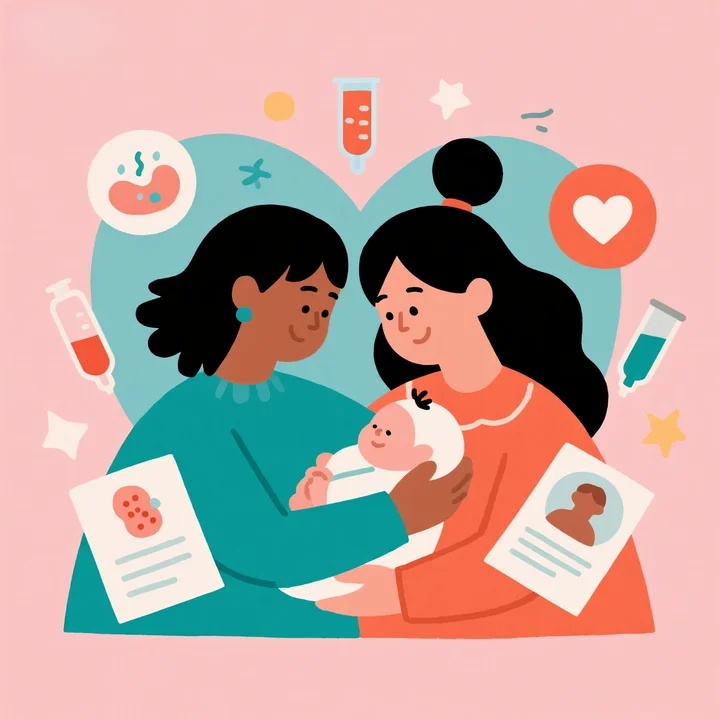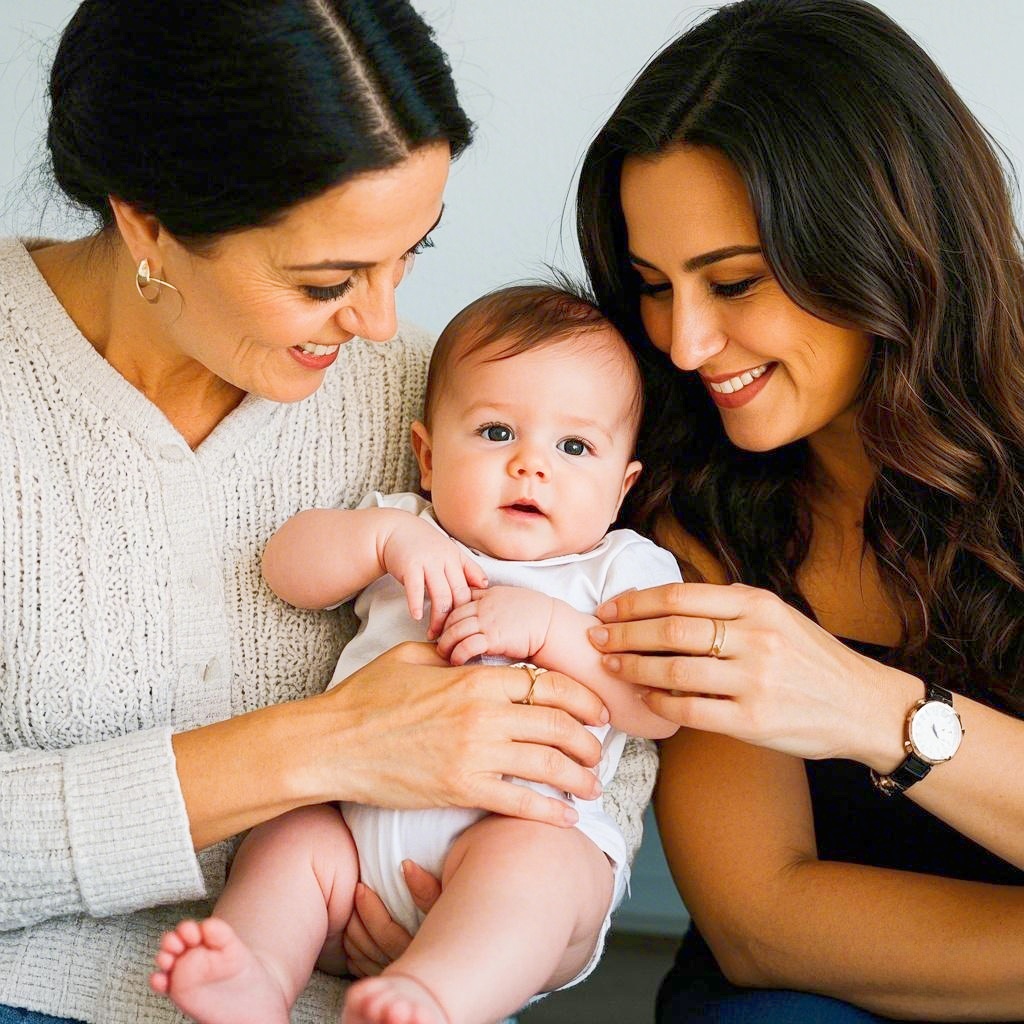Lesbian couples have several pathways to parenthood, ranging from biological (using donor sperm or reciprocal IVF) to adoption. The best method depends on medical, financial, and legal considerations. Here’s a breakdown of the most common options.
1. Donor Insemination (IUI/ICI) – The Simplest Biological Option
How it works:
- Intrauterine Insemination (IUI): Sperm from a donor (known or anonymous) is placed directly into one partner’s uterus during ovulation.
- Success rate: ~13% per cycle, ~42% by the 3rd attempt.
- Cost: 500–2,000 per cycle.
- Intracervical Insemination (ICI): A less clinical option (can be done at home), but lower success rates.
Pros:
✔ Lower cost than IVF.
✔ One partner is the biological & birth mother.
Cons:
✖ May require multiple attempts.
✖ Legal parentage for the non-birth mother isn’t automatic in all states/countries.
2. Reciprocal IVF (ROPA) – Both Partners Participate Biologically
How it works:
- One partner provides the eggs (genetic mother).
- The other partner carries the pregnancy (gestational mother).
- Success rate: Up to ~60% with good embryo quality.
- Cost: 15,000–30,000 per cycle.
Pros:
✔ Both partners are biologically involved.
✔ Higher success rates than IUI.
Cons:
✖ Expensive.
✖ Requires hormone injections & egg retrieval.
3. Embryo Adoption – A Non-Biological Option
How it works:
- Adopt unused embryos from other IVF patients.
- One partner carries the pregnancy.
- Cost: 5,000–15,000 (cheaper than IVF).
Pros:
✔ No need for egg retrieval.
✔ Lower cost than reciprocal IVF.
Cons:
✖ No genetic link to either parent.
✖ Limited control over donor traits.
4. Traditional Adoption or Foster Care
How it works:
- Adopt a child domestically or internationally.
- Foster-to-adopt programs may offer a pathway.
Pros:
✔ No fertility treatments needed.
✔ Gives a home to a child in need.
Cons:
✖ Long wait times (years in some cases).
✖ Legal complexities vary by location.
5. Future Possibility: In Vitro Gametogenesis (IVG)
Experimental but promising:
- Could allow both partners to contribute genetically by converting cells into sperm/eggs.
- Not yet available (only tested in animals).
Legal Considerations
- Second-parent adoption: Necessary in many places to secure rights for the non-biological mother.
- Known vs. anonymous donors: Legal contracts are crucial if using a friend/family donor.
- Birth certificates: Some states (e.g., California) automatically recognize both mothers; others require court orders.
Which Option Is Best for You?
| Method | Biological Link? | Cost Range | Success Rate | Legal Complexity |
|---|---|---|---|---|
| IUI | One parent | 500–2,000/cycle | ~42% by 3 tries | Moderate (parentage laws vary) |
| Reciprocal IVF | Both parents | 15K–30K | Up to 60% | High (requires legal planning) |
| Embryo Adoption | Neither | 5K–15K | Varies | Moderate |
| Traditional Adoption | Neither | 20K–50K | Depends on process | High (varies by country) |
Final Takeaway
Lesbian couples have multiple ways to build a family, whether through biological methods (IUI, IVF), adoption, or future tech like IVG. The best choice depends on:
✅ Budget (IUI is cheapest; IVF is costly but effective).
✅ Desire for genetic connection (Reciprocal IVF vs. adoption).
✅ Legal protections (second-parent adoption may be needed).
Consult a fertility specialist & lawyer to navigate the best path for your family!
(Sources: Fertility clinics, legal case studies, LGBTQ+ family organizations.)




